Hiking is one of the best ways for kids and teens to connect with nature, build endurance, and stay active. But without proper preparation, even a short trail can feel overwhelming. The good news? You don’t need fancy gear or a gym membership to get ready. With just 30 minutes a day and zero equipment, your family can build strength, balance, and stamina—right at home.
This simple, science-backed routine prepares young bodies for the physical demands of hiking: uphill climbs, uneven terrain, and sustained movement. Plus, it’s adaptable for all fitness levels and fun enough to keep kids engaged.
Hiking engages multiple muscle groups—especially the legs, core, and stabilizing muscles. It also challenges balance and cardiovascular endurance. This routine mirrors those demands using bodyweight exercises that build functional strength and coordination.
Research shows that short, consistent workouts improve muscular endurance and aerobic capacity, especially in younger populations. By focusing on movement patterns (like squats, lunges, and planks), this routine trains the body how to move efficiently—key for injury prevention and trail confidence.
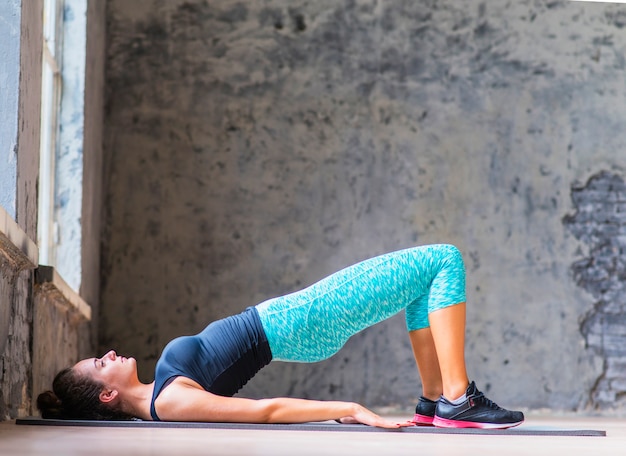
Complete this circuit 3–4 times per week, ideally a few days before your hike. Each exercise targets a key hiking muscle group. Perform each for 45 seconds, followed by 15 seconds of rest. After completing all six, rest for 1–2 minutes and repeat.
For teens, increase intensity by adding a pulse at the bottom of squats or extending plank time. For younger kids, shorten intervals to 30 seconds and include fun cues like "march like a soldier" or "stand like a superhero" in the plank.
One size doesn’t fit all—especially with kids. Here’s how to tailor the routine:
For children with mobility concerns, seated leg lifts, wall push-ups, and seated marches can provide similar benefits safely. Always encourage listening to the body—modifications are part of smart training.
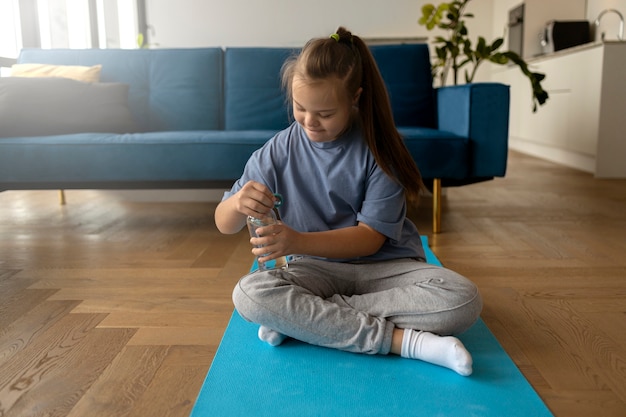
Turn prep into quality time. Do the routine together before dinner or on weekend mornings. Use a timer app, play upbeat music, or create a sticker chart for consistency. The goal isn’t perfection—it’s progress and participation.
Bonus: Add 5 minutes of stretching post-workout—hamstring reaches, quad pulls, and shoulder rolls—to improve flexibility and recovery.
With just 30 minutes and no gear, your kids and teens can build the strength, stamina, and confidence to enjoy every step of the trail. Start today, and turn hiking prep into a healthy family habit.

Fitness

Fitness

Fitness

Fitness

Fitness
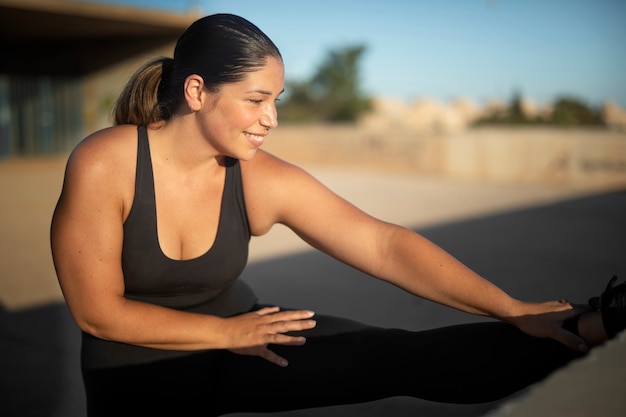
Fitness
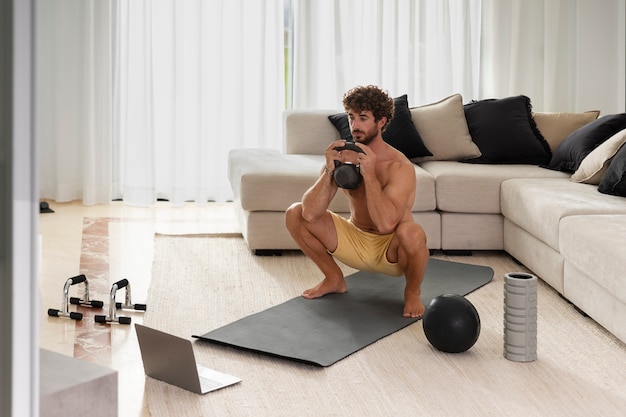
Fitness
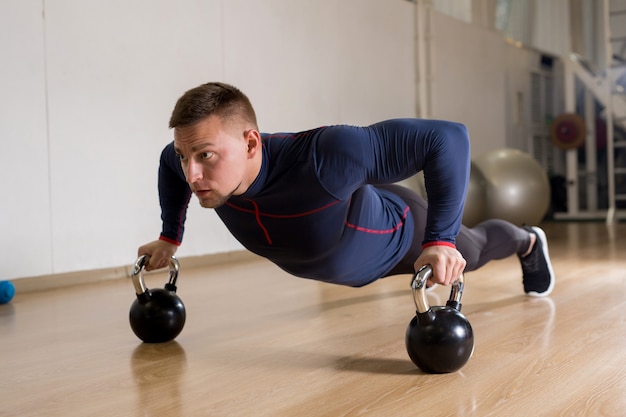
Fitness
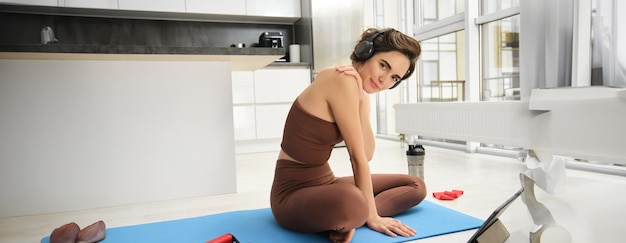
Fitness
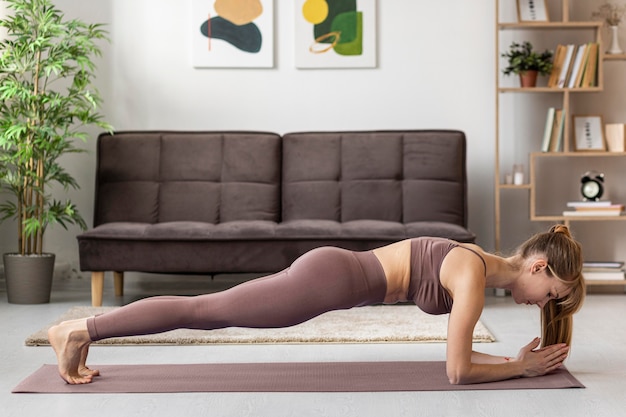
Fitness
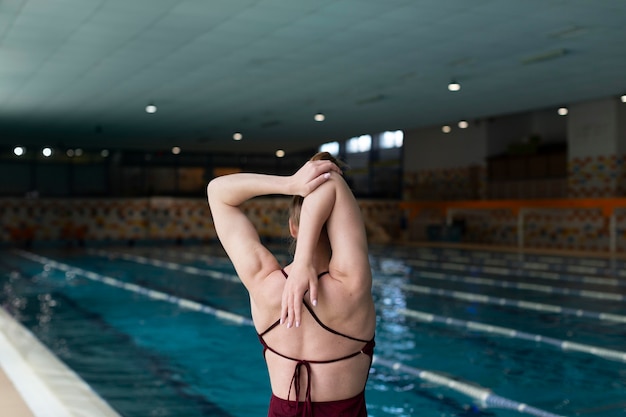
Fitness
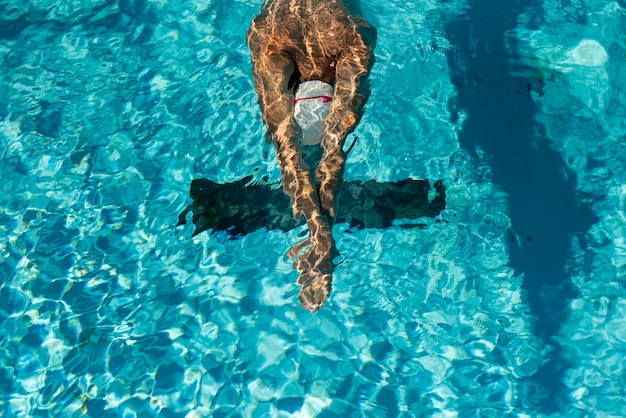
Fitness

Health

Fitness

Health

Health